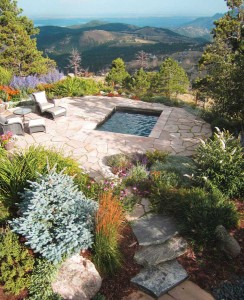Creating Nirvana in a Garden
03 Jan 2016
These tips can help generate a spiritual essence in your garden.
By Tori Peglar The ancient Chinese philosopher and poet Lao Tzu once wrote, “A journey of a thousand miles begins with a single step.” And so it may be said that the path to creating a spiritual garden begins with a single idea. “Find out what brings you joy and then have a heart-to-heart with yourself,” says Lauren Richardson, greenhouse manager at Growing Gardens, a Boulder nonprofit organization. “Some people find joy in order and some people tend toward chaos, or what I like to think of as ‘whimsical.’” The good news is creating a spiritual garden can be fun and relatively simple, and the best part is you don’t need a large space or a huge budget. Think of your small garden as a beautifully made dress or an elaborately crafted wooden cabinet, says Jay Markel, founder and lead designer at Viriditas, a high-end garden design and landscape company in Boulder. “Fundamentally, a garden is an individual’s opportunity to experience nature in an intimate way,” Markel says. “What we have in gardens is a convenient way to literally cultivate the earth and have a spiritual connection to the earth.”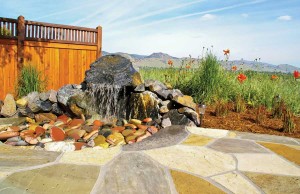
Create a Destination
Landscapers often refer to the “rooms” that make up exterior spaces. In the same way that your house is divided into rooms with different purposes, so should your yard. First, think about the types of things you need in your yard, in addition to your spiritual space. Do you need a fenced area for your dogs? A place for a rose garden? A tool shed? Answering these questions can help you decide where to put your spiritual garden. “We love creating outdoor rooms,” says Bill Melvin, owner and managing director of Ecoscape Environmental Design in Boulder. “The farther we get away from our homes, the more our minds can wander, even if it’s 20 feet away rather than sitting on the patio right beside the house.” But how do you fashion an outdoor room? Start by making it a destination in your yard. Perhaps you create a meandering path of stones that leads to the space. At the entrance, consider placing an arch, an arbor, a gate, large boulders or even tall grasses on either side of the entrance to make yourself and visitors feel like they’re entering a private space.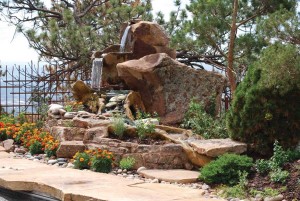
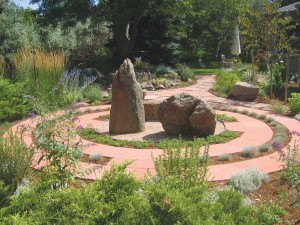
Fragrant & Medicinal
Choosing the plants to grow in your spiritual garden is the fun part. Scent can be very powerful, and also therapeutic, Richardson says. She says tricolor sage and lavender are good choices for a spiritual garden, as is the vigorous nutmeg thyme that sprouts mauve-pink flowers in early summer. Thyme is great for planting in between cracks on stone paths. Mint varieties are aromatic, but be aware—they spread quickly.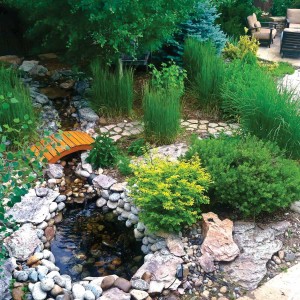
Borrow the Views
Looking at the world around you is important as you plan your spiritual garden. The Chinese and Japanese have incorporated the landscapes around them in their gardens for thousands of years.
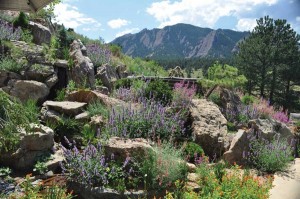
Essential H2O
